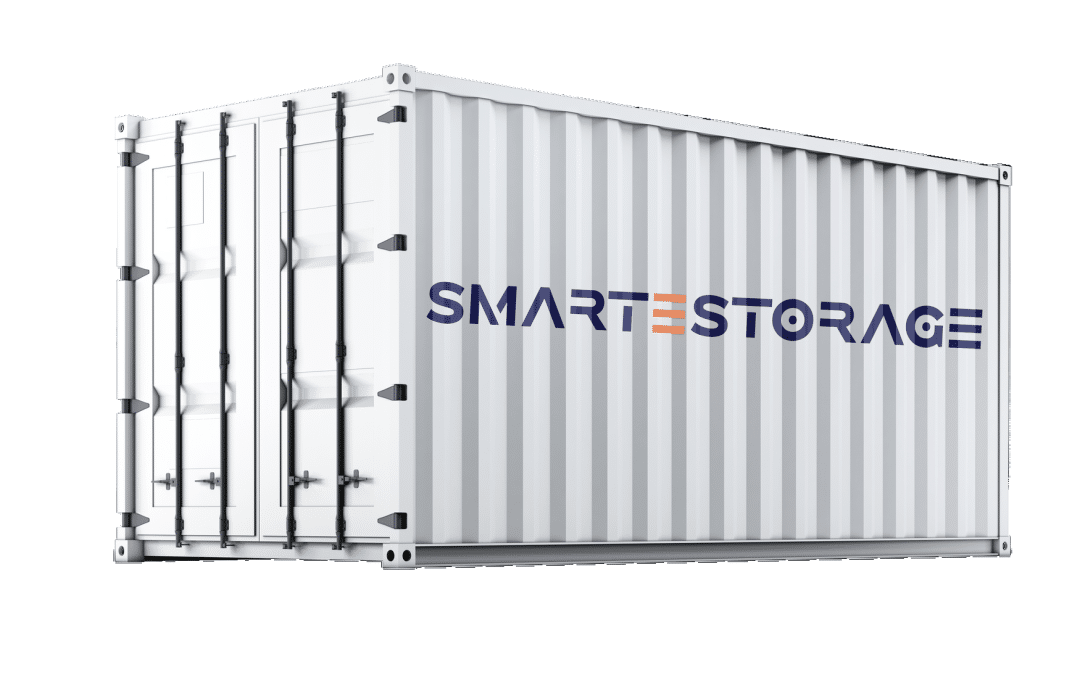In the realm of electrical power engineering, ensuring the seamless operation of wind and photovoltaic (PV) generators is paramount. These renewable energy sources play a crucial role in our transition to a sustainable future, but they face a unique challenge – the need to withstand and ride through periods of low voltage or voltage sags. This challenge can disrupt the stability of the electrical grid and potentially lead to cascading failures. To address this issue, innovative solutions are required, and one such solution is SMARTESTORAGE rugged batteries. In this article, we’ll explore how these advanced batteries can act as a buffer for energy, helping wind and PV generators bridge the gaps during low voltage events and stabilize the grid.
Understanding Low Voltage Ride Through (LVRT)
Low Voltage Ride Through, or LVRT, is the capability of electric generators to remain connected and operational during short periods of reduced electric network voltage, such as voltage sags. This capability is essential, especially for distributed generators like wind parks and PV systems. Without LVRT, a sudden voltage dip could lead to generator disconnections, creating a domino effect that disrupts the entire grid.
Challenges Faced by Wind and PV Generators
Many wind and PV generators rely on specific voltage levels to function efficiently. When the grid voltage drops below a certain threshold, these generators may disconnect automatically or operate at significantly reduced efficiency. This vulnerability is particularly pronounced in doubly-fed induction generators (DFIG) and can also affect synchronous generators.
The Risk of Chain Reaction
In a distributed generation system, where multiple generators are connected to the grid, the risk of a chain reaction during voltage dips is real. When one generator disconnects due to low voltage, it can exacerbate the problem by causing a further drop in voltage. This, in turn, may prompt other generators to trip, leading to a cascading failure that affects grid stability.
SMARTESTORAGE Rugged Batteries as a Solution
SMARTESTORAGE rugged batteries are a cutting-edge solution to address the LVRT challenge faced by wind and PV generators. These advanced resilient batteries act as a buffer for energy, effectively bridging the gap during low voltage events and stabilizing the grid. Here’s how they can help:
- Energy Storage: SMARTESTORAGE batteries store excess energy generated during normal operating conditions. When a voltage dip occurs, these batteries can seamlessly supply stored energy to the generator, ensuring it remains operational. This prevents automatic disconnections and keeps the generator online.
- Voltage Support: During voltage sags, SMARTESTORAGE batteries can provide voltage support by injecting additional power into the grid. This stabilizes the voltage levels and prevents further drops, reducing the risk of a chain reaction and grid instability.
- Fast Response Time: SMARTESTORAGE batteries are known for their rapid response times. They can detect voltage variations in real-time and provide instant support, ensuring uninterrupted generator operation.
- Versatility: Depending on the specific requirements of the generator and grid, SMARTESTORAGE batteries can be configured to disconnect temporarily, stay operational, or even support the grid with reactive power. This adaptability makes them a versatile solution for various scenarios.
In a nutshell…
As we strive to integrate renewable energy sources like wind and PV generators into our electrical grids, addressing the challenge of low voltage ride through is crucial for grid stability. SMARTESTORAGE rugged batteries emerge as a robust and effective solution, acting as a reliable energy buffer during voltage dips. By ensuring continuous generator operation and preventing chain reactions, these advanced batteries play a vital role in building a more resilient and sustainable energy infrastructure. With SMARTESTORAGE batteries, we take a significant step towards a future where renewable energy sources can reliably power our world, even in the face of electrical grid challenges.

